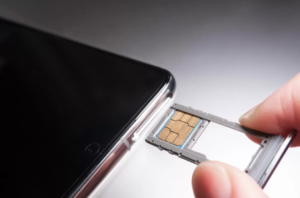
Smart city development is intimately related to developments in telecommunication. Growing connectivity of metropolitan regions depends on telecom networks to support important infrastructure and services. From traffic control to energy efficiency and public safety, smart cities depend on flawless, fast connection to run as they should. The availability of data only sim cards guarantees continuous contact between devices, therefore enabling cities to run more effectively and deliberately. These telecom developments greatly enhance the quality of life for urban dwellers and the operation of municipal services by enabling real-time data collecting, sharing, and action upon.
1. Improved Urban Network
The communication system of a smart city is mostly composed of telecom technology. Cities can allow massive amounts of data flow between IoT devices, sensors, and central systems via strong mobile networks, public Wi-Fi, and fiber-optic internet. From traffic lights adjusting to congestion patterns to emergency alerts being quickly shared, this degree of connectedness assurances real-time changes across many industries. Good telecom infrastructure reduces latency, increases service dependability, and helps to enable better interactions between digital systems and users.
2. Improved Traffic Control
Traffic flow optimization is one of the main uses for telecommunication in smart cities. Real-time data interchange is absolutely vital for intelligent traffic lights, GPS-enabled public transportation, and linked car systems. These systems may transmit and change signals, timing, and path depending on actual traffic circumstances thanks to telecom networks. Along with lowering traffic and travel times, this lowers fuel consumption and pollutants, therefore improving the urban environment.

3. Integration in Public Safety
Through integration of emergency services, surveillance systems, and communication platforms, telecom innovations also improve public safety. Through a centralised telecom network, networked surveillance cameras, smart lamps and emergency call boxes securities rapid coordination during events. Real-time video feeds and sensor data give law enforcement and emergency personnel practical insights that help to progress response times and general protection.
4. Effective Utilization of Resources
Smart cities use telecom networks to better run waste, water, and power among other utilities. Using telecom infrastructure, smart meters, linked grids, and automated systems monitor usage, find problems, and effectively allocate resources. More sustainable energy usage, lower water waste, and better environmental management follow from these capabilities. Real-time access to their usage data also helps customers improve personal energy management by means of greater control.
One cannot emphasize the part telecom plays in creating smart cities. Telecom networks aid cities to run more safely, sustainably, and effectively by offering the infrastructure for real-time communication and data exchange. The desire for adaptable solutions like a data only sim will only rise as innovations go, allowing cities to get even more citizen-centric and flexible.







